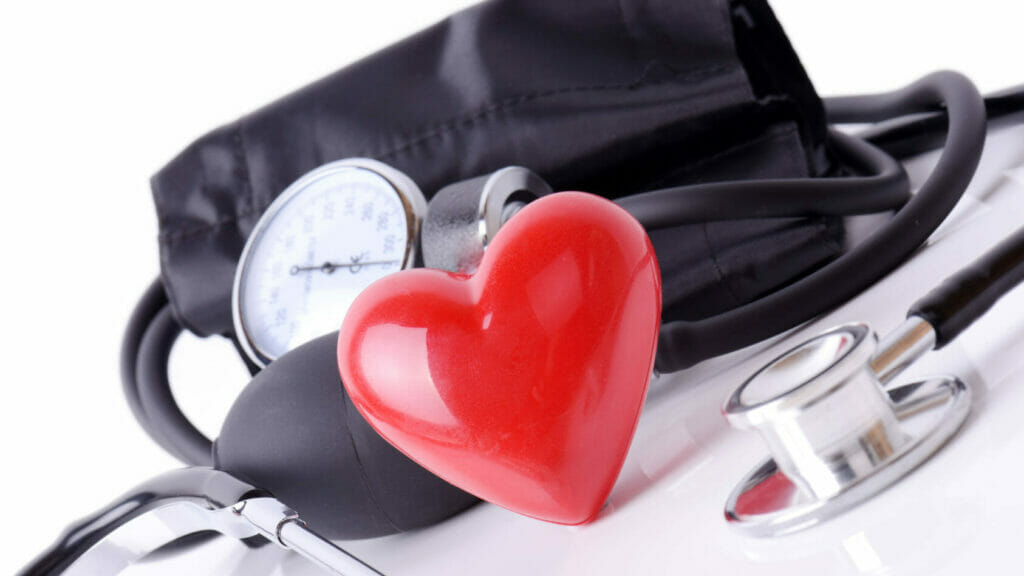

As of last summer, not enough older adults were monitoring their heart health, experts noted. The good news, however, is that even beyond wearables, a slate of new technology now makes it easier and less intrusive to keep track of heart conditions and avoid emergencies.
This availability is especially important for the 30% of assisted living residents who have heart disease, which is the leading cause of death for Americans of any age, according to the American Heart Association.
Five new tools for heart monitoring recently were catalogued by the American Chemical Society, ranging from new implantable devices to novel tests that provide a more detailed view of one’s risk for a health emergency.
Less invasive heart monitoring methods also allow for senior living and nursing home residents to stay in their communities and facilities while being treated for heart conditions, without the need for costly follow-up hospital visits.
The five methods were validated in scientific journals — ACS Applied Nano Materials, ACS Sensors and ACS Neuroscience — in findings published over the past three months.
The listed innovations:
- A flexible, “leaf-structure” sensor patch that could be used for sensitive electrocardiography, or EKG, on the chest, fingertip or wrist.
- A testing strip and smartphone-connected reader that can diagnose heart failure in 30 minutes; heart failure affects approximately 10% of people aged more than 80 years, according to AHA data.
- An implantable device that can monitor the heart post-surgery and dissolves in the body and thus requires no follow-up or removal.
- A “smart” stent that can be inserted into blood vessels and monitor for blood pressure.
- A fingerprint test that can assess brain damage following a cardiac arrest emergency.
Other recent heart-health tools that could be available in the United States soon include a smartphone app, CardioSignal, which can read cardiac conditions by laying the phone on one’s chest for a brief period of time, and a “magic” mirror from NuraLogix that captures diagnostics from selfies, the McKnight’s Tech Daily recently reported.


